Subaru Reports Record U.S. Sales In August 2016 With Industry's Lowest Incentives As Other Automakers Tumble
Sales of new vehicles declined by nearly 4 percent in the United States in August 2016, a year-over-year drop which followed flatlining sales over the previous three months. Bucking the trend to no small degree in August was capacity-constrained Subaru, which earned 4 percent of the market by selling more than 60,000 new vehicles for the first time in the company’s history.
Making Subaru’s achievements even more impressive: according to TrueCar, discounts in Subaru showrooms in August were 78-percent below the industry average.
It was only two years ago that Subaru reported record sales of 50,246 units. That August 2014 sales record was topped one year later before Subaru set new monthly sales records in September 2015 and again in December 2015. Last month, Subaru’s 60,418-unit U.S. sales performance was 20-percent better than the company’s record-breaking result from two years ago and 7-percent better than the record set eight months ago.
Subaru could sell more vehicles in the United States, if only the company had the necessary supply on dealer lots. As a result of the supply chain limitations, consumers who want a Subaru now must pony up.
At only $717 per vehicle, Subaru’s average incentive spend per unit was higher in August 2016 than in August 2015 — higher than in July 2016, as well — but the year-over-year increase translates to little more than $100 per vehicle. BMW, meanwhile, is spending $5,670 per vehicle and is still losing sales. BMW Group sales fell 7 percent in August and are down 9 percent this year.
Closer to Subaru’s spectrum, Honda stands out among volume automakers for its relatively low incentives. TrueCar says American Honda’s per-unit incentive spend fell 17-percent to $1,751 in August 2016. But Honda and Acura sales slid 4 percent in August, in line with the industry’s downturn, and the $1,751-per vehicle incentive spend was still 144-percent more discounting per vehicle than Subaru required.
Of course, Honda and many of the other companies that incentivize more heavily than Subaru also sell far more new vehicles than Subaru. But that gap is narrowing. Subaru was America’s eighth-best-selling auto brand in August, ahead of Kia and only 10,100 sales behind Hyundai. With 4 percent of the market in August, Subaru’s market share doubled the company’s share of the U.S. industry just five years ago.
For much of 2016, Subaru has done little more than squeak out modest year-over-year gains. Compared with 2015’s first eight months, Subaru sales are up by only 4 percent in 2016. That’s greater improvement than the industry at large has managed, but a far cry from the 13-percent growth Subaru reported in calendar year 2015 or the 21-percent and 26-percent jumps from 2014 and 2013, respectively.
Yet the 15-percent uptick in August may be a reliable harbinger.
“We will add over 100,000 [units] to U.S. capacity for next year,” Subaru spokesperson Michael McHale told TTAC yesterday. With increased space for the Legacy and Outback and production of the new Impreza heading to Indiana, Subaru’s ability to fill dealer lots with available cars will dramatically improve.
It needs to. Heading into August, Automotive News reports that Subaru had just a 24-day supply of new vehicles. The industry averaged 61 days of supply.
Limited supply didn’t stop Subaru from reaching lofty targets, however. To achieve record brand-wide sales in August 2016, Subaru sold more Foresters, Outbacks, and Legacys than at any month in the company’s history.
Among SUVs/crossovers, the Forester ranked seventh in August, only 1,322 sales back of the Ford Explorer, while the Outback ranked ninth, ahead of the Chevrolet Equinox, Jeep Wrangler, Hyundai Santa Fe, and Toyota Highlander.
Combined, the Forester, Outback, and Crosstrek — Subaru’s three high-riding models — accounted for three-quarters of the brand’s August volume.
[Images: Subaru and © Timothy Cain/TTAC]
Timothy Cain is the founder of GoodCarBadCar.net, which obsesses over the free and frequent publication of U.S. and Canadian auto sales figures. Follow on Twitter @goodcarbadcar and on Facebook.
More by Timothy Cain
Latest Car Reviews
Read moreLatest Product Reviews
Read moreRecent Comments
- Dartman https://apnews.com/article/artificial-intelligence-fighter-jets-air-force-6a1100c96a73ca9b7f41cbd6a2753fdaAutonomous/Ai is here now. The question is implementation and acceptance.
- FreedMike If Dodge were smart - and I don't think they are - they'd spend their money refreshing and reworking the Durango (which I think is entering model year 3,221), versus going down the same "stuff 'em full of motor and give 'em cool new paint options" path. That's the approach they used with the Charger and Challenger, and both those models are dead. The Durango is still a strong product in a strong market; why not keep it fresher?
- Bill Wade I was driving a new Subaru a few weeks ago on I-10 near Tucson and it suddenly decided to slam on the brakes from a tumbleweed blowing across the highway. I just about had a heart attack while it nearly threw my mom through the windshield and dumped our grocery bags all over the place. It seems like a bad idea to me, the tech isn't ready.
- FreedMike I don't get the business case for these plug-in hybrid Jeep off roaders. They're a LOT more expensive (almost fourteen grand for the four-door Wrangler) and still get lousy MPG. They're certainly quick, but the last thing the Wrangler - one of the most obtuse-handling vehicles you can buy - needs is MOOOAAAARRRR POWER. In my neck of the woods, where off-road vehicles are big, the only 4Xe models I see of the wrangler wear fleet (rental) plates. What's the point? Wrangler sales have taken a massive plunge the last few years - why doesn't Jeep focus on affordability and value versus tech that only a very small part of its' buyer base would appreciate?
- Bill Wade I think about my dealer who was clueless about uConnect updates and still can't fix station presets disappearing and the manufacturers want me to trust them and their dealers to address any self driving concerns when they can't fix a simple radio?Right.
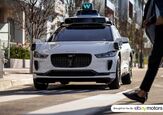
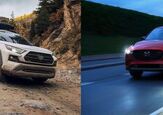
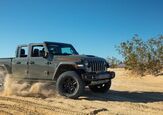
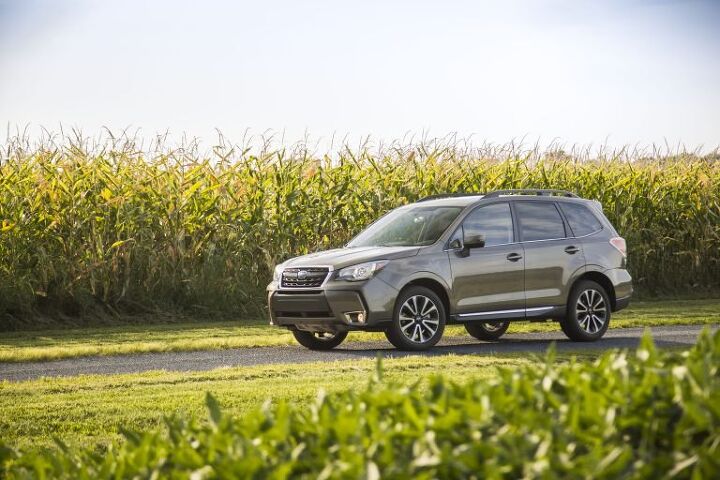














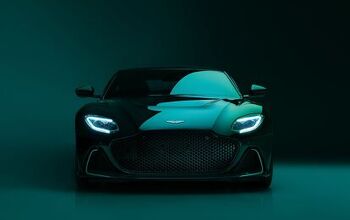
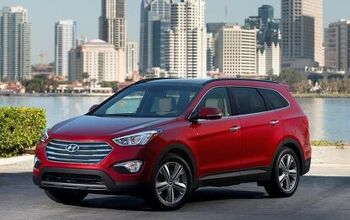
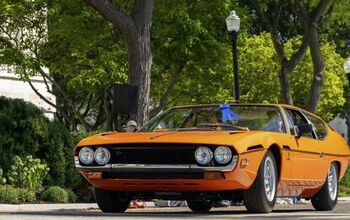
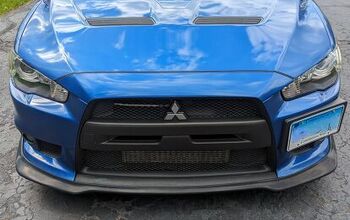
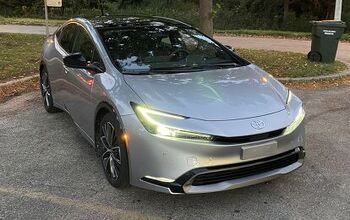
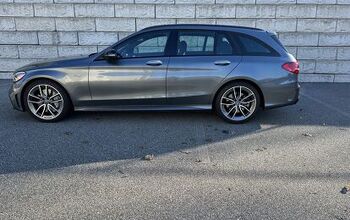
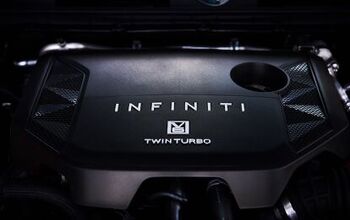
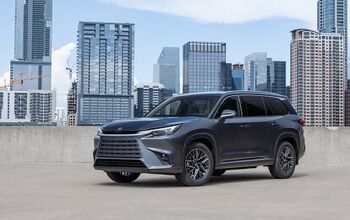
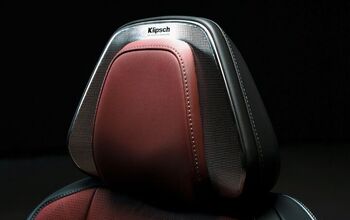
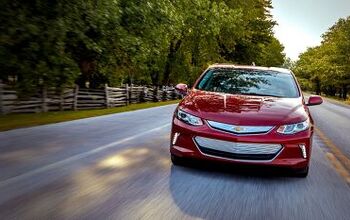
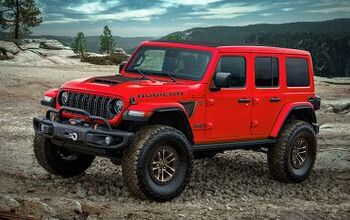

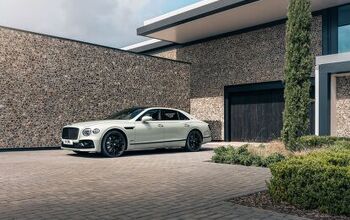
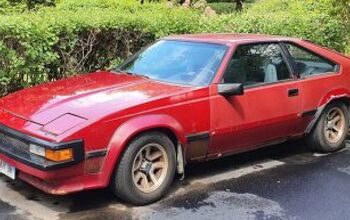
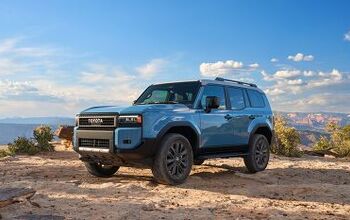
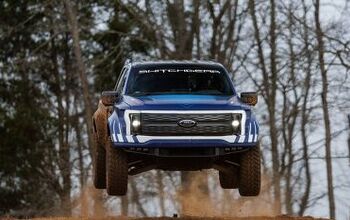
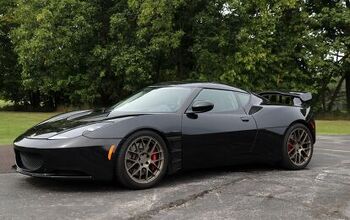

Comments
Join the conversation
Subie sales are all about the ladies that will not drive minivans. They have a lighter more athletic look to their vehicles than most other cuv's and minivans, the bar-stool like seats in the cars make it uncomfortable for FAT people to consider buying them, and that's a good thing. The higher maintenance on Subarus means that if you are an idiot and cheap you will have problems with it. Case in point: My 57yr old spouse (with six figure income) drives a plain 2011 Forester touring with 5spd stick and loves the car. She can afford to drive whatever she wants but is not interested because her's is "like winter doesn't matter" and " it turns sharp and is easy to park" plus "I can see out of it!". There is also an added bonus that if you have to return to the dealership you likely will not get jostled by desperate sales staff and sub-prime tire kickers while your there. General politeness, decent manners and relaxed atmosphere seem to be the norm at our local stand alone Subaru dealer, unlike walking into a FCA GM FORD HYUNDAI KIA dealer that will probably piss me off in the first minute.
Good for Subaru.. Kinda wish it was the opposite though (lots of incentives), since I'm strongly considering a new STI in the near future..